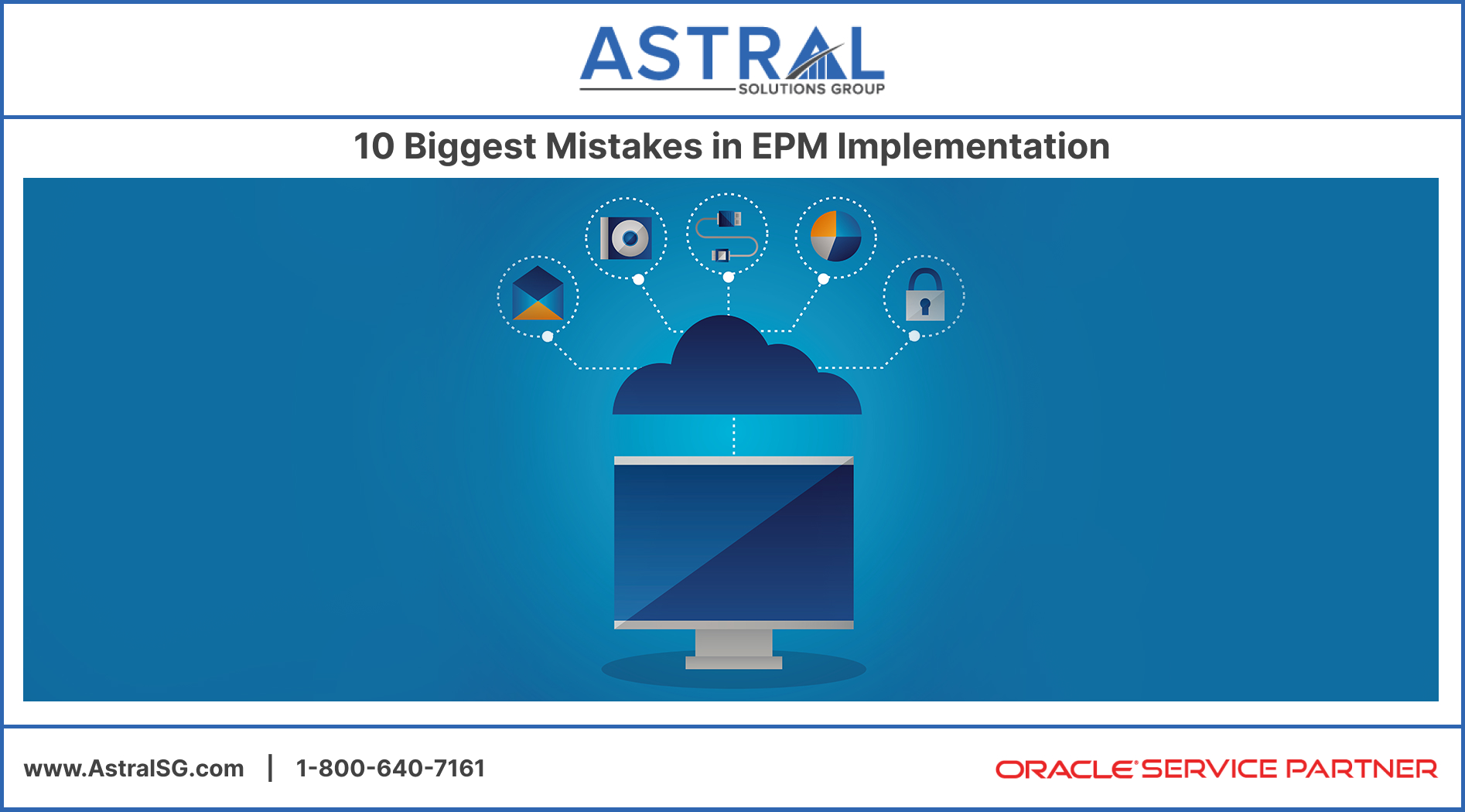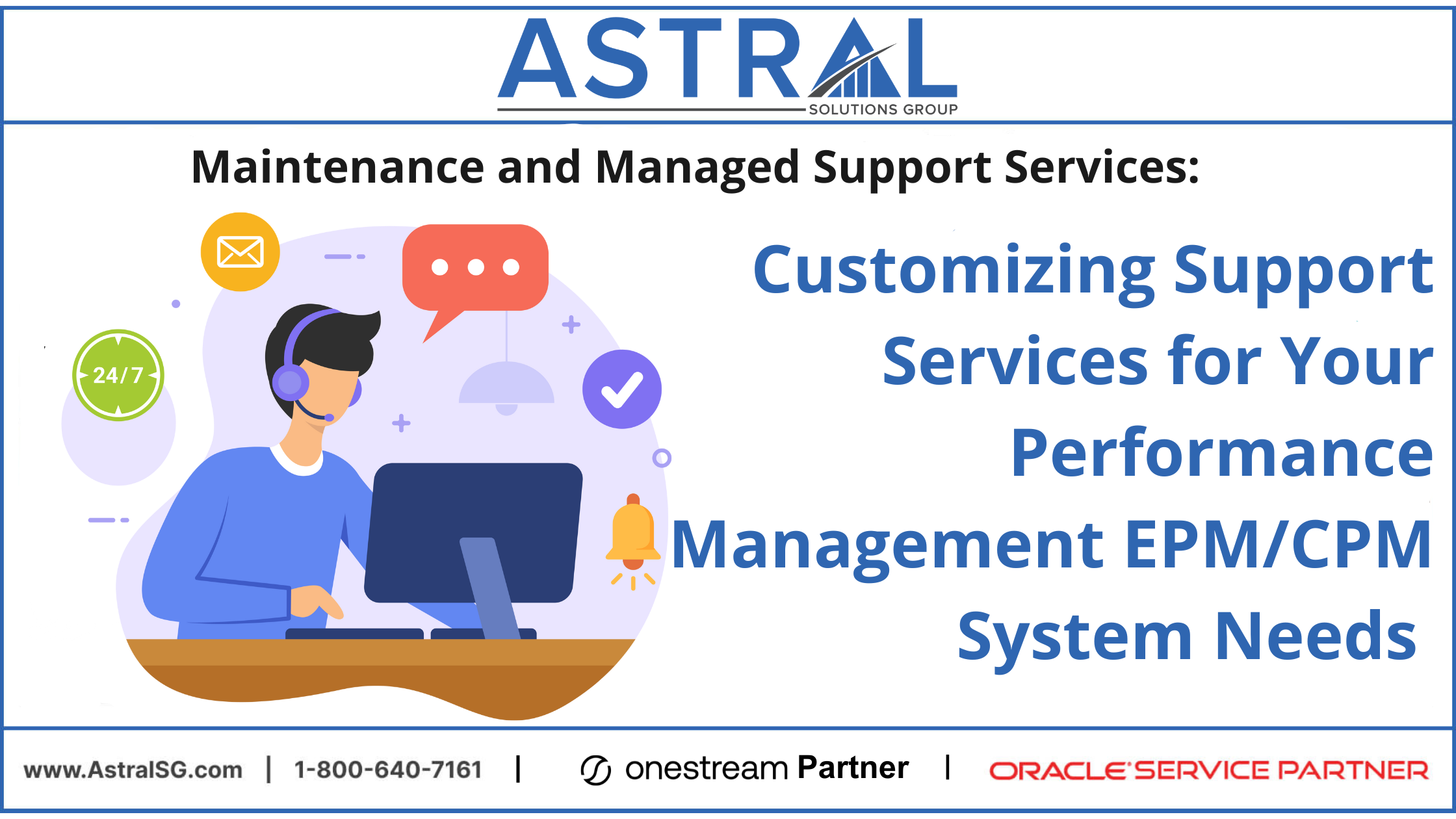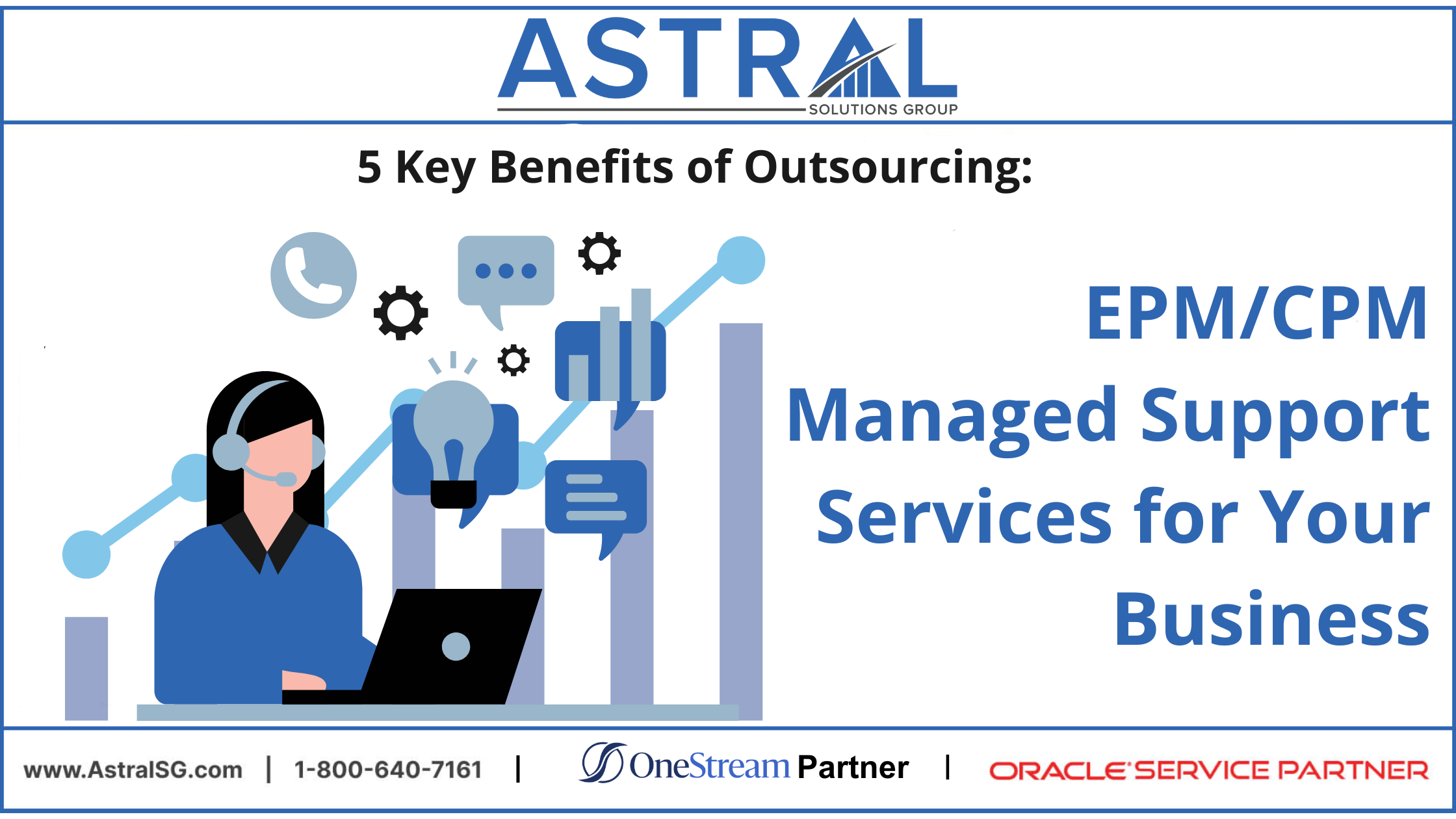
Introduction
Enterprise Performance Management (EPM) is crucial in helping organizations achieve their strategic goals and make informed decisions. However, the implementation process can be complex and challenging, leading to various mistakes that can hinder the effectiveness of EPM initiatives. This article will explore the ten biggest mistakes commonly made during EPM implementation and provide insights on how to avoid them.
Table of Contents
- Failure to Define Clear Objectives
- Lack of Stakeholder Engagement
- Inadequate Planning and Preparation
- Poor Data Quality and Integration
- Neglecting Change Management
- Choosing the Wrong EPM Solution
- Insufficient Training and User Adoption
- Ineffective Performance Measurement
- Ignoring Continuous Improvement
- Underestimating the Importance of Governance
Mistake 1: Failure to Define Clear Objectives
One of the most prominent mistakes organizations make in EPM implementation is needing to define their objectives clearly. With well-defined goals, aligning the implementation process with the desired outcomes becomes easier. Identifying specific objectives such as improving financial reporting accuracy, optimizing budgeting and forecasting, or enhancing strategic planning capabilities is crucial. Clear objectives provide a roadmap for the entire implementation process and ensure that stakeholders are working towards a common goal.
Mistake 2: Lack of Stakeholder Engagement
Engaging stakeholders throughout the EPM implementation journey is essential for success. From the beginning, organizations often need to involve key stakeholders, such as finance leaders, department heads, and end-users. Their input and feedback are valuable in understanding the organization’s needs, challenges, and desired outcomes. Organizations can gain buy-in, increase adoption rates, and address potential issues early on by involving stakeholders.
Mistake 3: Inadequate Planning and Preparation
Insufficient planning and preparation can lead to significant setbacks in EPM implementation. Organizations must thoroughly assess their current processes, systems, and data requirements. A detailed project plan, including timelines, resource allocation, and milestones, should be developed to ensure smooth execution. Adequate preparation allows organizations to anticipate challenges and allocate resources effectively, reducing the risk of delays and cost overruns.
Mistake 4: Poor Data Quality and Integration
Data is the foundation of EPM, and poor data quality and integration can undermine the effectiveness of the entire system. Organizations must focus more on data cleansing, normalization, and integration efforts during implementation. This results in inaccurate reporting, unreliable insights, and limited decision-making capabilities. Investing time and resources in data governance is crucial, ensuring data accuracy, consistency, and integration across various source systems.
Mistake 5: Neglecting Change Management
Implementing an EPM solution requires significant processes, roles, and responsibilities changes. Failure to change management can lead to resistance, low user adoption, and project failure. Organizations should develop a comprehensive change management strategy that includes communication plans, training programs, and ongoing support for end-users. By addressing the people side of change, organizations can facilitate a smooth transition and maximize the benefits of EPM implementation.
Mistake 6: Choosing the Wrong EPM Solution
Selecting the wrong EPM solution is a critical mistake that can have long-lasting consequences. Organizations should carefully evaluate various EPM vendors and solutions based on their specific requirements, scalability, and integration capabilities. It is crucial to involve key stakeholders in the selection process and conduct thorough vendor assessments, including product demonstrations and reference checks. Choosing the right EPM solution ensures alignment with organizational goals and maximizes the return on investment.
Mistake 7: Insufficient Training and User Adoption
Even the most robust EPM solution will only succeed if users are adequately trained and adopt the system. Organizations often need to be more accurate in assessing the importance of training and user onboarding. Comprehensive training programs should be designed to educate users on system functionalities, best practices, and data entry requirements. By investing in training and support, organizations can empower users to leverage the full potential of the EPM solution and drive better business outcomes.
Mistake 8: Ineffective Performance Measurement
EPM implementation aims to improve performance measurement and enable data-driven decision-making. However, organizations often need to pay more attention to measuring the right metrics or using outdated performance indicators. It is crucial to align performance measurement with strategic objectives and select relevant Key Performance Indicators (KPIs) that provide actionable insights. Regular review and refinement of performance metrics ensure the EPM system remains aligned with organizational goals and evolving business needs.
Mistake 9: Ignoring Continuous Improvement
EPM implementation should not be viewed as a one-time project but as an ongoing journey. Ignoring continuous improvement is a significant mistake that limits the long-term success of EPM initiatives. Organizations should establish mechanisms to monitor system performance, gather user feedback, and identify areas for enhancement. Regular system reviews, updates, and optimization efforts ensure that the EPM solution remains aligned with changing business requirements and supports organizational growth.
Mistake 10: Underestimating the Importance of Governance
Effective governance is crucial for maintaining the integrity and reliability of EPM systems. Organizations often need to pay more attention to the need for robust governance frameworks, including data security, access controls, and change management processes. Lack of governance can lead to data breaches, unauthorized access, and inconsistent processes. Establishing governance mechanisms to enforce data standards, maintain system integrity, and ensure compliance with regulatory requirements is essential.
Conclusion
Implementing EPM solutions can be complex, but avoiding common mistakes is crucial to success. By defining clear objectives, engaging stakeholders, conducting thorough planning, addressing data quality and integration, focusing on change management, choosing the right solution, investing in training and user adoption, implementing effective performance measurement, embracing continuous improvement, and establishing strong governance, organizations can maximize the benefits of EPM and drive better business performance.
Frequently Asked Questions (FAQs)
Q. Why is stakeholder engagement important in EPM implementation?
Stakeholder engagement ensures that key individuals are involved in decision-making, increasing buy-in and adoption rates. Their input and feedback help align the EPM solution with organizational needs and goals.
Q. How can organizations avoid choosing the wrong EPM solution?
Organizations should involve key stakeholders, conduct thorough assessments, and evaluate vendors based on specific requirements, scalability, and integration capabilities. Product demonstrations and reference checks can also provide valuable insights.
Q. What is the role of change management in EPM implementation?
Change management ensures a smooth transition by addressing the people side of change. It includes communication plans, training programs, and ongoing support for end-users to facilitate adoption and minimize resistance.
Q. Why is continuous improvement important in EPM implementation?
Continuous improvement allows organizations to adapt to business requirements and optimize the EPM solution. Regular reviews, updates, and optimization efforts ensure long-term alignment and effectiveness.
Q. What are the consequences of ignoring governance in EPM implementation?
Ignoring governance can lead to data breaches, unauthorized access, and inconsistent processes. Robust governance frameworks ensure data security, maintain system integrity and comply with regulatory requirements.
Contact us and we would love to share our experience with Mistakes in EPM Implementation. Please email at info@astralsg.com to learn more about Mistakes in EPM Implementation.
Astral Solutions Group is a Trusted and Leading OneStream implementation Partner and Oracle Hyperion EPM On-Premises on Oracle EPM cloud consulting company and Oracle Service Partner. Astral Solutions Group is based in Mississauga, Ontario Canada and we provide Consulting Services across Toronto, Brampton, GTA, Ontario, Canada, United States and in North America.




